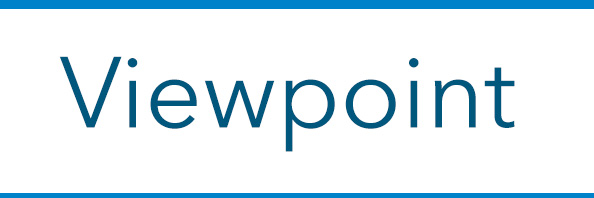For prison education advocates, the passage of the FAFSA Simplification Act in December 2020 was a monumental achievement, one that could not have been anticipated just a few years prior. In addition to streamlining the Free Application for Federal Student Aid (FAFSA) form and altering its needs analysis, the legislation lifted the 26-year ban on Pell grants for people in prison — a move that, once implemented, will restore education access for up to 463,000 people.

As community college educators know, this long-sought Pell expansion presents a golden opportunity to bolster critically needed programs and, in the process, advance racial equity. Exactly how Pell expansion will work, however, has yet to be determined.
The FAFSA Simplification Act makes substantial changes to Title IV of the 1965 Higher Education Act, which authorized the primary sources of postsecondary federal student aid. As required for all changes to Title IV, the U.S. Education Department (ED) recently conducted a negotiated rulemaking process, also known as “neg-reg,” to develop the regulations that will guide the administration and oversight of and eligibility for prison education programs wishing to take advantage of Pell grants expansion.
Last month, the main neg-reg committee reached consensus on the Pell Grants for Prison Education Programs subcommittee’s recommendations. Community colleges wanting to expand their educational offerings to prisons now have an outline of the regulations that will guide implementation come July 1, 2023, when Pell Grant access is restored for people in prison.
Takeaways from the negotiated rulemaking process
Under the FAFSA Simplification Act, departments of corrections (DOCs) at the state and federal level were, along with accreditors, positioned as “gatekeepers” — in this case, explicitly charged with ensuring that educational programs operate in the “best interest” of students. The consensus regulations slightly expand on DOCs’ responsibilities for identifying colleges acting in students’ “best interest.” In the required program approval, DOCs must apply the following factors:
- transferability of credits
- job placement rates
- whether expected earnings of program completers exceed those of high school graduates
- experience and turnover of faculty teaching in prison
- availability of academic and career advising
- ability for students to continue their education post-release
- whether educational programming and support services are comparable to those offered on college campuses
In addition, DOCS may consider recidivism rates of students and other indicators pertinent to program success as determined by the oversight agencies.
As would be expected, accreditation agencies have an important role to play in Pell reinstatement. They will focus on ensuring that the quality of education a student receives while in prison is, in all ways possible, comparable to an institution’s other offerings.
Under the consensus regulations, part of the quality assessment will include an onsite visit and evaluation of at least the first prison education program offered at the first two new locations. This issue was discussed at length but ultimately agreed to by all negotiators. Given the unique circumstances of in-prison education programs, negotiators believe it is important that accreditors evaluate these sites regardless of the prison’s proximity to the college campus.
Next steps
Under the regulatory process, a formal Notice of Proposed Rulemaking is expected in the coming months. In order for Pell to be reinstated on July 1, 2023, ED must issue the Final Rule by November 1, 2022. Although the consensus regulations give a clear indication of what the new Pell eligibility will look like, some aspects of the program — such as reporting requirements and ED’s application and program approval process — are less defined and will be fleshed out through further administrative processes.
Community colleges that want to offer prison education programs can begin reaching out to their state DOC and, as appropriate, their accreditation agency. Community colleges new to college-in-prison programming can also learn about best practices by connecting with colleges in ED’s Second Chance Pell Experimental Sites Initiative.
Administrators also can browse the Vera Institute of Justice’s Second Chance Pell site map to find nearby colleges engaging in this activity and explore Vera’s First Class report, which includes recommendations for starting a postsecondary education program in prison. Lastly, community colleges can assess the support they currently offer formerly incarcerated students pursuing their degrees on campus.
Opportunities
Pell expansion holds tremendous potential for the thousands of currently incarcerated people who, with further education, will hopefully be able to earn a degree and living wage. Communities stand to benefit from the resulting economic growth as well as lower recidivism rates and greater public safety.
These transformations, however, cannot occur without widespread community college involvement, and this involvement can start now: productive relationships with corrections agencies, established credit transfer agreements, and certificate offerings that are relevant to local workforce demands will make it easier for community colleges to meet the new “best interest” regulatory criteria.
July 2023 may feel distant, but now is the time to prepare. As professors often remind their students — better to start planning early.
* * *

David Baime is senior vice president of government relations at the American Association of Community Colleges. Margaret diZerega is initiative director of Unlocking Potential at the Vera Institute of Justice.





